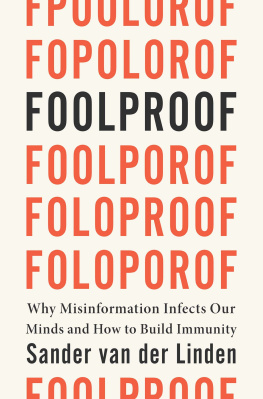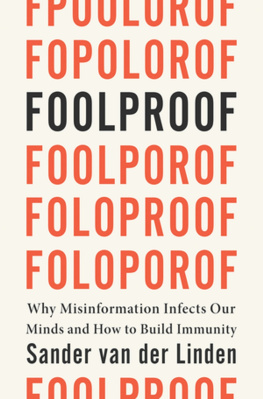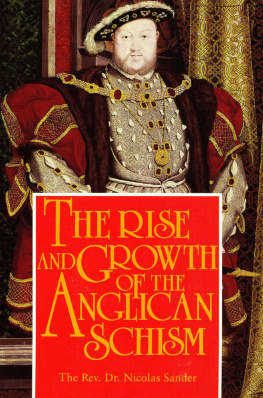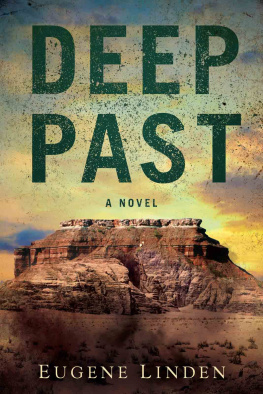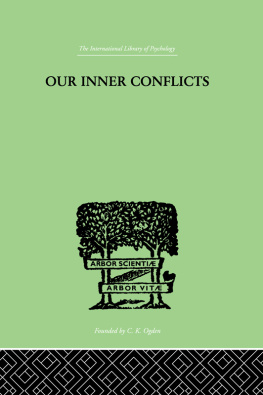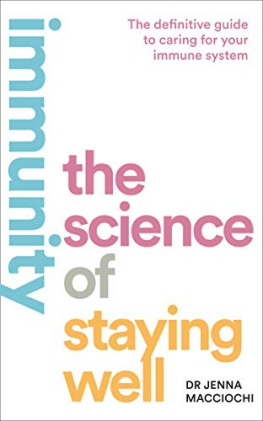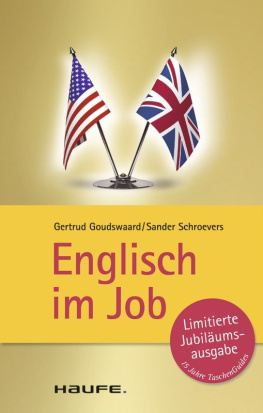Sander van der Linden - Foolproof: Why Misinformation Infects Our Minds and How to Build Immunity
Here you can read online Sander van der Linden - Foolproof: Why Misinformation Infects Our Minds and How to Build Immunity full text of the book (entire story) in english for free. Download pdf and epub, get meaning, cover and reviews about this ebook. year: 2023, publisher: W. W. Norton & Company, genre: Home and family. Description of the work, (preface) as well as reviews are available. Best literature library LitArk.com created for fans of good reading and offers a wide selection of genres:
Romance novel
Science fiction
Adventure
Detective
Science
History
Home and family
Prose
Art
Politics
Computer
Non-fiction
Religion
Business
Children
Humor
Choose a favorite category and find really read worthwhile books. Enjoy immersion in the world of imagination, feel the emotions of the characters or learn something new for yourself, make an fascinating discovery.
- Book:Foolproof: Why Misinformation Infects Our Minds and How to Build Immunity
- Author:
- Publisher:W. W. Norton & Company
- Genre:
- Year:2023
- Rating:4 / 5
- Favourites:Add to favourites
- Your mark:
- 80
- 1
- 2
- 3
- 4
- 5
Foolproof: Why Misinformation Infects Our Minds and How to Build Immunity: summary, description and annotation
We offer to read an annotation, description, summary or preface (depends on what the author of the book "Foolproof: Why Misinformation Infects Our Minds and How to Build Immunity" wrote himself). If you haven't found the necessary information about the book — write in the comments, we will try to find it.
Foolproof: Why Misinformation Infects Our Minds and How to Build Immunity — read online for free the complete book (whole text) full work
Below is the text of the book, divided by pages. System saving the place of the last page read, allows you to conveniently read the book "Foolproof: Why Misinformation Infects Our Minds and How to Build Immunity" online for free, without having to search again every time where you left off. Put a bookmark, and you can go to the page where you finished reading at any time.
Font size:
Interval:
Bookmark:

FOOLPROOF
Why Misinformation Infects Our Minds and
How to Build Immunity
SANDER VAN DER LINDEN

W. W. NORTON & COMPANY
Celebrating a Century of Independent Publishing
For Gavi
Prologue (pp. 19)
For 5G phone mast attacks see BBC News (8 June 2020). For Michael Whitty see Sky News (10 June 2020) and the Crown Prosecution Service (10 June 2020). It is worth noting that although Whitty had positive character witnesses describing him as a committed volunteer, he also had a string of prior offences, including assault. For violence and the role of 5G Covid-19 conspiracy beliefs see D. Jolley and J. L. Paterson (2020) and F. Vegetti and L. Littvay (2022) for a general link between conspiracy theories and endorsement of political violence. For global susceptibility to misinformation about Covid-19 see J. Roozenbeek, C. R. Schneider, et al. (2020). For Trumps misleading claims see G. Kessler, S. Rizzo, and M. Kelly (2020). For the role of misinformation in the Capitol riot arrests see B. McCarthy (2021) as well as D. Keppler (2021) for Antonios story and the fake news defence. For coverage of the WhatsApp Lynchings in India see V. Goel, S. Raj, and P. Ravichandran (2018). See D. Funke (2022) for fact-checks on viral misinformation about Ukraine and S. Seibt (2022) and J. Roozenbeek and R. Finnin (2022) on motives behind Russian disinformation. For links between fake news and mass poisonings in Iran see PBS Newshour (27 March 2020) as well as H. Aghababaeian, L. Hamdanieh, and A. Ostadtaghizadeh (2020). For polling evidence on belief in conspiracy theories see J. E. Oliver and T. J. Wood (2014). For data on public confusion over facts see M. Barthel, A. Mitchell, and J. Holcomb (2016) and for reported exposure to misinformation in Europe see European Commission (2018). An account of my family history is described in R. Groenteman (2002). The UK Foreign Office meeting on fake news was held under the Chatham House Rule: this means that I can share my insights with you but not reveal the identity or affiliation of any of the attendees or speakers; for a public report see Wilton Park (2017). For cognitive immunology see A. Norman (2021) and for the Bad News game see J. Roozenbeek and S. van der Linden (2019).
1: Illusory Truth: How our brains discern fact from fiction (pp. 1327)
For peoples performance on the fake news quiz see Channel 4 (6 February 2017). For more on the suspect who had a shit day see D. Evon (15 November 2019). A good account of how many (including myself) were duped by the fake Wind on Mars NASA video is provided by J. Wenz (2021). For the studies that assessed how well teens can spot dodgy content online see S. Wineburg et al. (2016) and S. McGrew et al. (2017), as featured in S. Shellenbarger (21 November 2016). For the ruling on how the Suns poll on Brits having sympathy for Jihadis was misleading see IPSO (2016). It is difficult to know the exact number of neurons in the brain so the more truthful answer is approximately a 100 billion, with estimates ranging between 75 and 125 billion. For a good discussion on the number of neurons in the brain see R. Lent et al. (2012). For the role of top-down processing in vision see D. E. Pafundo et al. (2016) and for an excellent discussion of the brain as a prediction machine see A. Seth (2021). For mention that the Big Lie rule is often associated with Goebbels see J. Goebbels (1941) and J. Herf (2005). For polling data on Trumps Big Lie that the election was rigged see A. Romano (2022). For the illusory truth effect see L. Hasher, D. Goldstein and T. Toppino (1977) (original study) as well as L. K. Fazio et al. (2015) and L. K. Fazio and C. L. Sherry (2020) for illusory truth across different age groups. See E. L. Henderson, D. J. Simons, and D. J. Barr (2021) for estimates on the incidence rate of illusory truth. See W. C. Wang et al. (2016) for neural mechanisms. Specifically, the perirhinal cortex (located in the medial temporal lobe) shows increased activity when judging repeated (vs novel) claims. This part of the brain is known to play an important role in memory. For boundary conditions see J. De Keersmaecker et al. (2020) and for the claim that prior exposure increases familiarity with fake news see G. Pennycook, T. D. Cannon, and D.G. Rand (2018). For research on how repeated claims seem less ethical to share see D. A. Effron and M. Raj (2020). For a popular overview on how much the brain can store see A. Hadhazy (2 April 2015). A good review on memory storage is provided by Y. Dudai (1997) and for extensive coverage of the role of synaptic plasticity see W. C. Abraham, O. D. Jones, and D. L. Glanzman (2019) and T. M. Bartol Jr et al. (2015). I should note that there is a difference between the theoretical information capacity of the brain and the amount of storage we use for everyday memory retrieval; it is likely that only a small percentage is dedicated to autobiographical memories. Moreover, we dont really know how much space a single memory requires; this likely depends on the nature of the memories (how detailed, words vs pictures), the specific memory system, the unit of measurement, and so on. For example, after viewing thousands of images, people can generally recognize ones theyve seen with 90 per cent accuracy. This suggests we have a huge capacity for memories of visual objects (see T. F. Brady et al. 2008). In contrast to humans, chimpanzees have a much better working memory (we traded some memory space for language). There are many estimates using various techniques so perhaps the true number of memories the human brain can theoretically store will remain an enigma. Its also worth mentioning that although we likely forget a lot of detail, theres also the opposite problem of having memories that we cannot seem to get rid of, for example, following traumatic events. For Truthiness see S. Colbert (2005) and the first episode of the Colbert Report. For the Cognitive Reflection Test (CRT) see S. Frederick (2005) and G. Pennycook and D. G. Rand (2019) for its relation to falling for fake news. Nobel laureate Daniel Kahneman often refers to this distinction as System 1 vs System 2 in his book Thinking, Fast and Slow (Farrar, Straus, and Giroux, 2011). I should note that there is scientific debate about whether or not the CRT is a good measure of intuitive (System 1) and reflective (System 2) thinking and it isnt always the best predictor of fake news susceptibility see J. Roozenbeek et al. (2022). A related measure is your receptivity to what we, in scientific jargon, refer to as pseudo-profound bullshit. Heres an example from the bullshit receptivity scale: Imagination is inside exponential space time events. For a review of the misinformation effect, including the Bugs Bunny study see E. F. Loftus (2003, 2005). I should note that Loftus received extensive criticism from students, colleagues, and the #MeToo movement for testifying on behalf of Harvey Weinstein in particular. Her reasoning seems to stem from the fact that because many people have been falsely convicted as a result of unreliable eyewitness accounts, even the unpopular deserve to have a defence; see A. Marsh and S. Lorge (2012) for an in-depth interview. For the misinformation effect in the context of committing crimes see J. Shaw and S. Porter (2015), alien abductions see H. Otgaar et al. (2009); for the War in Iraq see S. Lewandowsky et al. (2005), and for Brexit see C. M. Greene, R. A. Nash, and G. Murphy (2019). For a conceptual replication during Irelands abortion referendum see G. Murphy et al. (2019). For the role of fluency in judgment see R. Reber and N. Schwarz (1999), N. Schwarz, E. Newman, and W. Leach (2016) and E. J. Newman et al. (2012). For the Moses illusion see H. Song and N. Schwarz (2008).
Next pageFont size:
Interval:
Bookmark:
Similar books «Foolproof: Why Misinformation Infects Our Minds and How to Build Immunity»
Look at similar books to Foolproof: Why Misinformation Infects Our Minds and How to Build Immunity. We have selected literature similar in name and meaning in the hope of providing readers with more options to find new, interesting, not yet read works.
Discussion, reviews of the book Foolproof: Why Misinformation Infects Our Minds and How to Build Immunity and just readers' own opinions. Leave your comments, write what you think about the work, its meaning or the main characters. Specify what exactly you liked and what you didn't like, and why you think so.

